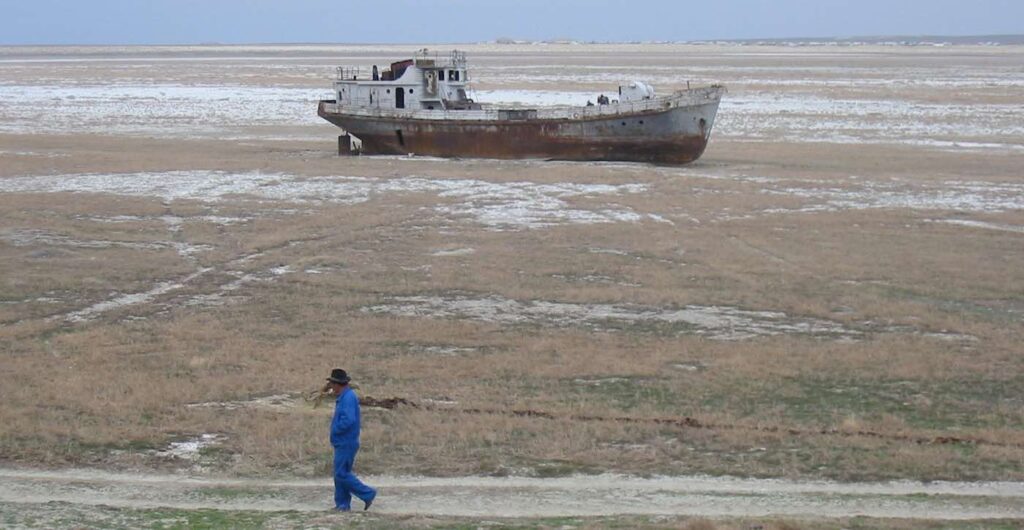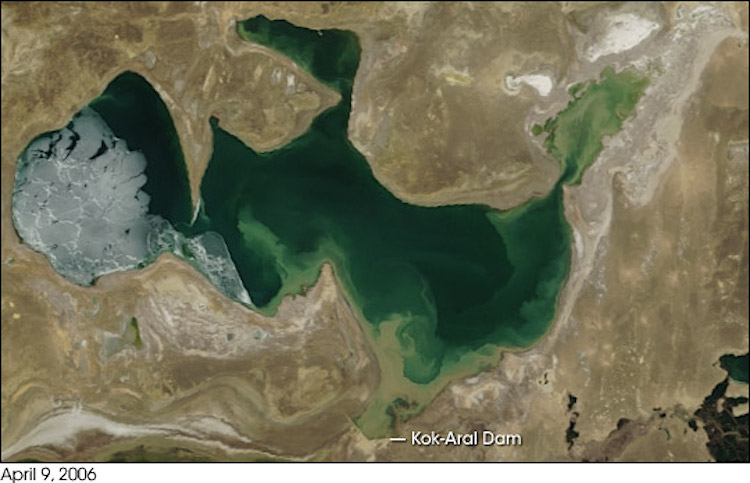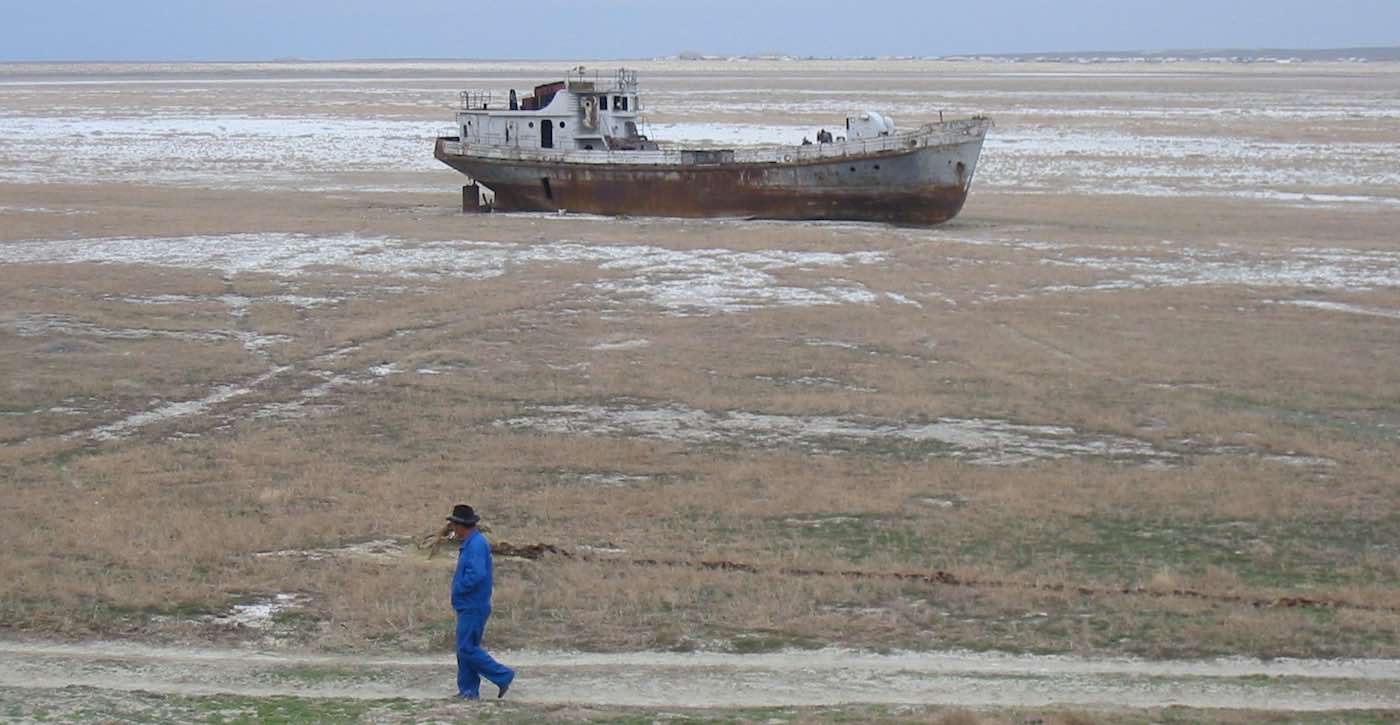 Kissing the borders of Uzbekistan and Kazakhstan, the North Aral Sea is experiencing an ecological resurgence following a long period of decline.
Kissing the borders of Uzbekistan and Kazakhstan, the North Aral Sea is experiencing an ecological resurgence following a long period of decline.
In 2005, a $86 million project from the World Bank made repairs to dykes and paid for the construction of an eight-mile dam.
This project raised water levels of the sea by 11-feet in just seven months—going far beyond scientists’ hopes of a rise over three years.
The Kokaral Dam’s erection south of the Syr Darya River has proven to be the catalyst in an incredible resurgence of local fish stocks. Beyond this great news for local fishing communities, the sea’s recovery has also led to a reduction in local disease rates from formerly-contaminated drinking water.
Once the fourth-largest freshwater lake on Earth, starting in the 1960s the Aral Sea shrank dramatically after the rivers that fed it were diverted by Soviet irrigation projects—so much that it split into the North and South Aral Seas.
When this happened, increased salinity in the water led to the die-off of several fish species like bream and perch, leaving the resilient flounder as the only animal capable of dealing with the high salt content.
More Good News: Two Sturgeons Found in Georgia River Delight Conservations Who Feared Prehistoric Fish to Be Extinct in Europe
Fishing for hope
Between 1957 and 1987, fish harvests fell from 48,000 per year to zero. Now, since the Kokaral dam was built, levels of salt have returned to normal. As a result, fish stocks have exploded back to life.
National Geographic reports that in 2018, catch limits were set at a generous 8,200 tons: a 600% increase from 2006.
Many of the surrounding communities depend on fishing for their livelihoods, and for Askar Zhumashev, 42, a supervisor at Kambala Balyk Processing Plant, he has seen the recovery firsthand in the inland town of Aralsk, where he and his team process roughly 500 tons of fish a year.
“When I was born, the sea was already gone,” Zhumashev told National Geographic. “I went to the Aral Sea for the first time only two years ago. My parents used to tell me that the boats would come in and out every day from the old port.”
The World Bank followed up with an effort to restore delta and wetland habitats on the Uzbekistan part of the Aral Sea through the Drainage, Irrigation and Wetlands Project.

The project is based on a successful pilot program that saw the restoration of the 100,000 acre (40,000 hectare) Lake Sudochi elsewhere in the region.
LOOK: Satellites Reveal There Are 20% More Emperor Penguin Colonies in Antarctica Than Previously Thought
Not only do fisheries benefit from improved wetland and delta habitat. Ranching and farming improves as well. Since the project began, river and delta salinity has returned to normal, allowing local farmers to irrigate their crops.
That’s good news for local communities. And the world. As Kristopher White, a professor at KIMEP University, put it, the success of the Aral Sea project just goes to show, “Anthropogenic ecological damage can be reversed by human intervention.”
Share This Hopeful Environmental News With Your Friends On Social Media…





















This PROVES we can do it if we get together and try. This is really wonderful news.
If we can stop killing each other !